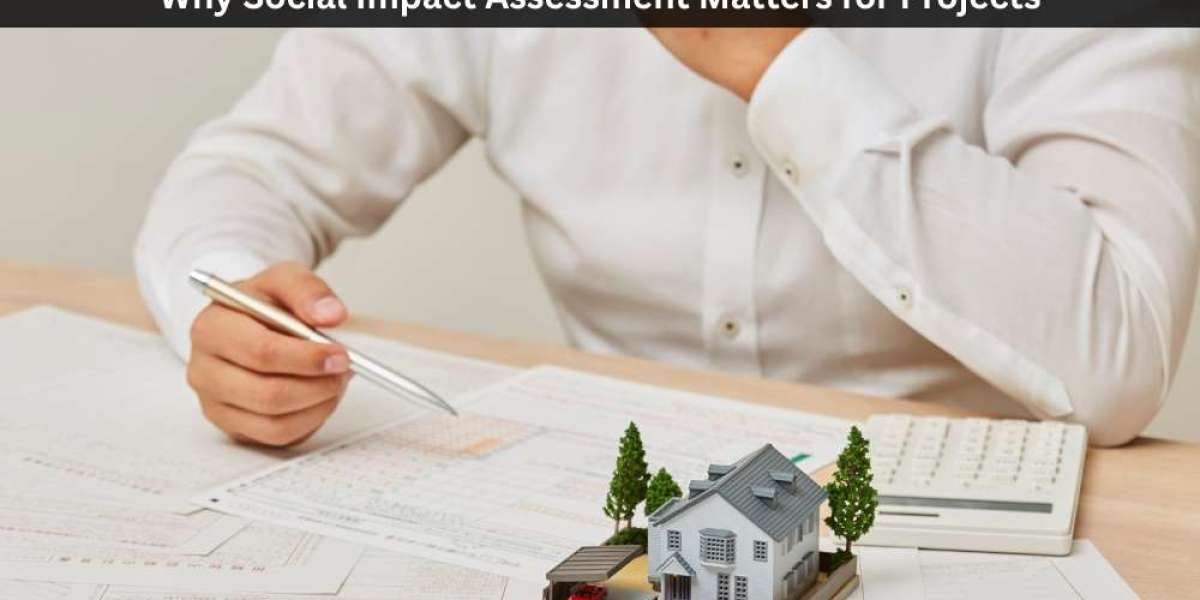Before a project breaks ground, it’s already nudging how people live. A new rail stop might trim commute time yet push up rents; a flood levee could protect homes but displace a community garden. That’s why understanding project community impact belongs in the first sketches, not the last step. It asks plain questions: who wins, who carries the load, and what can we redesign so more people benefit? Get that right and approvals run smoother, neighbours feel heard, and long-term maintenance doesn’t become a political football. We’ve seen it across housing, precinct upgrades, even school rebuilds — better social insight, better outcomes, and far fewer surprises.
How does social impact assessment guide better planning?
Social impact assessment guides better planning by turning proposals into lived consequences we can quantify. It links transport models, housing demand and local identity to choices on scope, staging and spend.
When we map likely shifts in affordability, traffic, access to services, and a suburb’s “feel”, design decisions sharpen. Stage works differently, and local traders keep their doors open. The exercise isn’t red tape; it’s a reality check that saves time and goodwill later.
- Surfaces' benefits and risks early
- Puts equity alongside feasibility
- Anchors decisions in local evidence
- Reduces appeals, delays and rework
Done properly, SIA becomes the running sheet for what to watch, who to involve, and when to pivot.
Why is engagement crucial to achieving fair outcomes?
Engagement is crucial to achieving fair outcomes because fairness depends on listening first. People closest to change spot blind spots far faster than any spreadsheet.
Workshops, pop-ups and targeted interviews draw out day-to-day impacts we’d otherwise miss — school drop-off pinch points, weekend sport traffic, cultural spaces at risk. When feedback lands early, we can adjust layouts, hours and mitigation so benefits aren’t lopsided. It also builds the one asset no budget line can buy: trust.
- Turns resistance into workable ideas
- Reveals place-specific risks and values
- Shares benefits beyond the usual winners
Embedding open dialogue through inclusive social planning tools keeps the process practical, not performative.
How can social impact assessments support sustainability?
Social impact assessments support sustainability by aligning human well-being with environmental and economic goals. If people can’t thrive around new assets, the “green” tick won’t stick.
Ongoing monitoring — post-occupancy surveys, service access checks, local jobs targets — shows whether promises hold up once the ribbon’s cut. We can recalibrate lighting for safety, add shade where heat hits hardest, or redirect activation funding to groups missing out. Over time, that feedback loop turns a static report into a living pact between project and place, keeping outcomes resilient as demographics and needs shift.
Conclusion
Social impact assessment matters because it reminds us that progress isn’t neutral. Every project changes the social landscape, for better or worse. When planners commit to understanding those changes, they lay the groundwork for shared success. In the end, it’s not just about what’s built — it’s about who it serves and how it lasts. That’s the essence of shaping communities through social impact, where thoughtful planning creates lasting value for people and places alike



